A new study using 3D modeling software suggests the Shroud of Turin is not the burial cloth of Jesus Christ but a medieval work of art.
Get the latest international news and world events from around the world.
Scientists Have Finally Measured How Fast Quantum Entanglement Happens
Clue: It is very, very fast.

Time’s arrow is not an illusion
According to conventional wisdom, Einstein’s Theory of Relativity showed that the flow of time is an illusion, and that reality is a fixed block. And philosophers from Augustine to McTaggart have found the idea of time’s passage to be incoherent. However, argues James Sares, the idea that time’s flow is an illusion is itself incoherent.
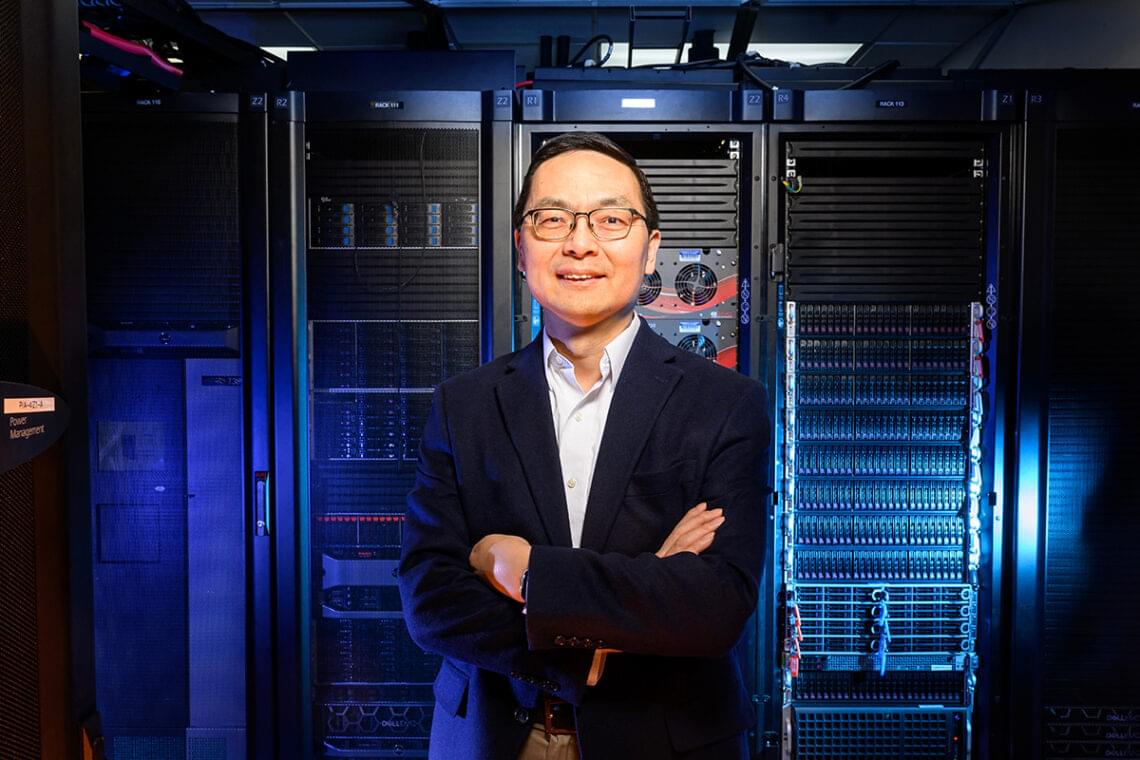
U of I lab to receive $15M for AI tool development, molecular innovation
CHAMPAIGN-URBANA, Ill. (WCIA) — The U.S. National Science Foundation has awarded a University of Illinois lab $15 million. The money will support the development of AI tools, to help scientists quickly and efficiently synthesize molecules for medicine, energy, industry and more.
The money will be going to the Molecule Maker Lab Institute (MMLI) — which is based on the U of I’s campus, in partnership between Pennsylvania State University and the Georgia Institute of Technology. U of I chemical and biomolecular engineering professor Huimin Zhao directs the lab.
Zhao said functional molecules like drugs chemicals are important in today’s society, but the process of discovering new molecules is slow and expensive. He believes AI can change that.
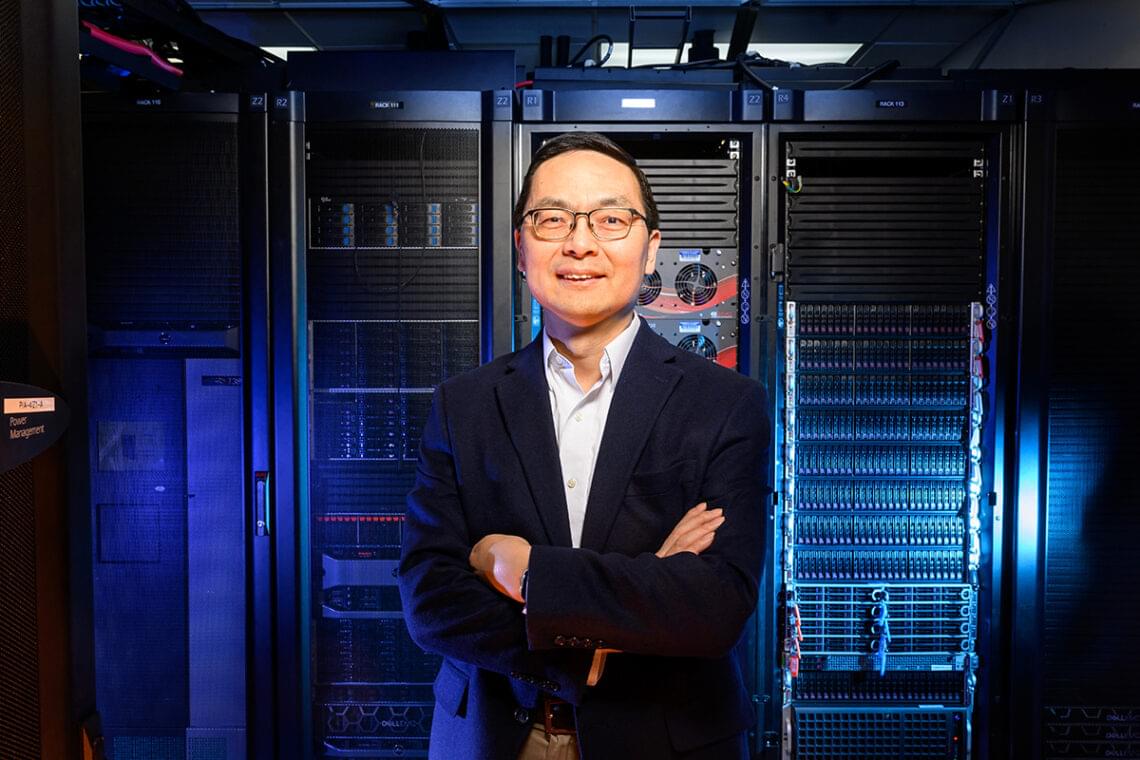
The Winners of the Project Hyperion Generation Ship Competition have been Announced!
On November 1st, 2024, Project Hyperion — an international, interdisciplinary team of architects, engineers, anthropologists, and urban planners — launched a design competition for crewed interstellar travel. The event was hosted by the Initiative for Interstellar Studies (i4is), a UK-based non-profit organization dedicated to the robotic and human exploration of exoplanets around nearby stars, and eventually settlement. With a prize purse of $10,000, competitors were tasked with producing concepts for a Generation Ship (aka. Worldships) using current technologies and those that could be realized in the near future.
On July 23rd, 2025, the organization announced the top three competition winners, which were selected from hundreds of ideas submitted by teams worldwide. The winning entries were selected based on how they met all the competition criteria, provided a depth of detail, and integrated the design aspects of architecture, engineering, and social sciences. In short, the top three prizes were awarded to proposals that would allow a society to sustain itself and flourish in a highly resource-constrained environment as they made a centuries-long journey to another habitable planet.
The challenges and hazards of space exploration are well-known and well-documented, ranging from long-duration transits, exposure to radiation, the amount of supplies needed, and the dangers of being cooped up inside a pressurized ship in close quarters with other crew members. As the saying goes, “space is hard,” but interstellar travel is especially difficult and dangerous. Not only are resupply missions not an option for missions venturing so far beyond Earth, but the time and energy it would take for spacecraft to travel to even the nearest star is prohibitive.
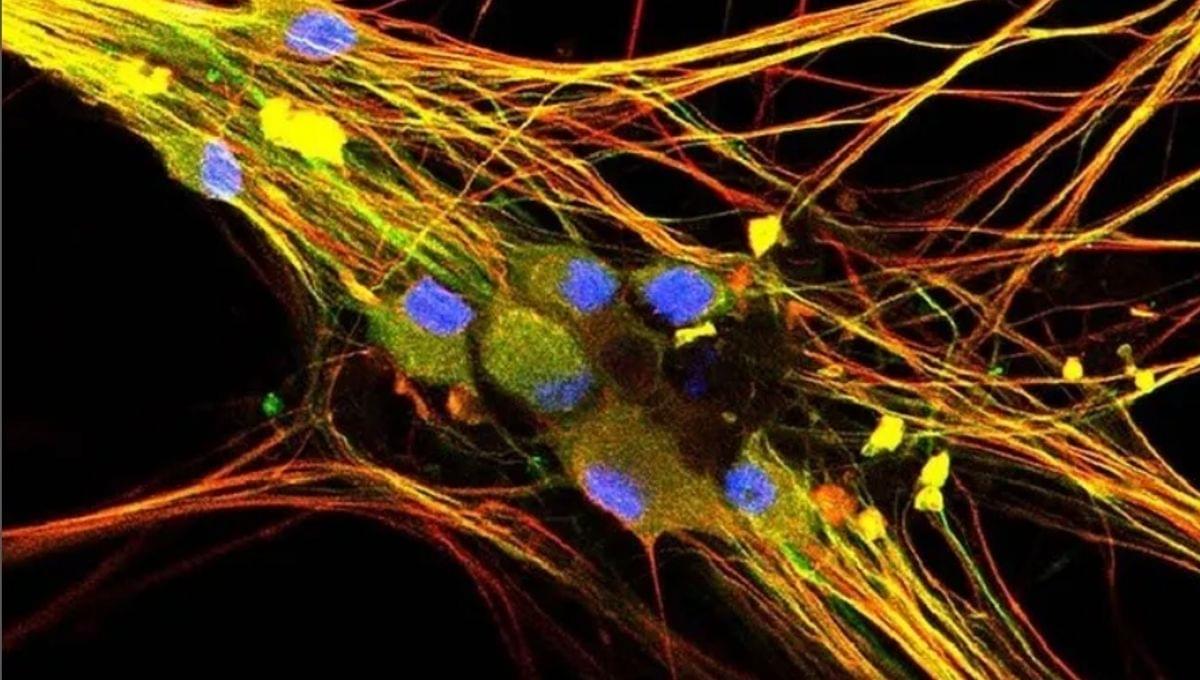
Scientists Succeed In Capturing Elusive “Ghost Particles” Escaping Nuclear Reactor
Trying to capture antineutrinos at low energy has just become a lot easier.

Scientists Use Engineered Cells to Combat Aging in Primates
As we age, our bodies gradually lose their ability to repair and regenerate. Stem cells diminish, making it increasingly difficult for tissues to heal and maintain balance. This reduction in stem cells is a hallmark of aging and a key driver of age-related diseases. Scientists have long debated whether this decline is the root cause of aging or a side effect. Efforts to use stem cell transplants to reverse aging have faced many challenges, such as ensuring the cells survive and integrate into the body without causing serious side effects, like tumors.
In a recent study published in Cell, researchers from the Chinese Academy of Sciences and Capital Medical University introduced a new type of human stem cell called senescence-resistant mesenchymal progenitor cells (SRCs) by reprogramming the genetic pathways associated with longevity. These cells, which resist aging and stress without developing tumors, were tested on elderly crab-eating macaques, which share physiological similarities with humans in their 60s and 70s.
The research team conducted a 44-week experiment on these macaques. The macaques received biweekly intravenous injections of SRCs, with a dosage of 2×106 cells per kilogram of body weight. The researchers found no adverse effects among the macaques. Detailed assessments confirmed that the transplanted cells did not cause tissue damage or tumors.
The researchers discovered that SRCs triggered a multi-system rejuvenation, reversing key markers of aging across 10 major physiological systems and 61 different tissue types. The treated macaques exhibited improved cognitive function, and tissue analyses indicated a reduction in age-related degenerative conditions such as brain atrophy, osteoporosis, fibrosis, and lipid buildup. 👍
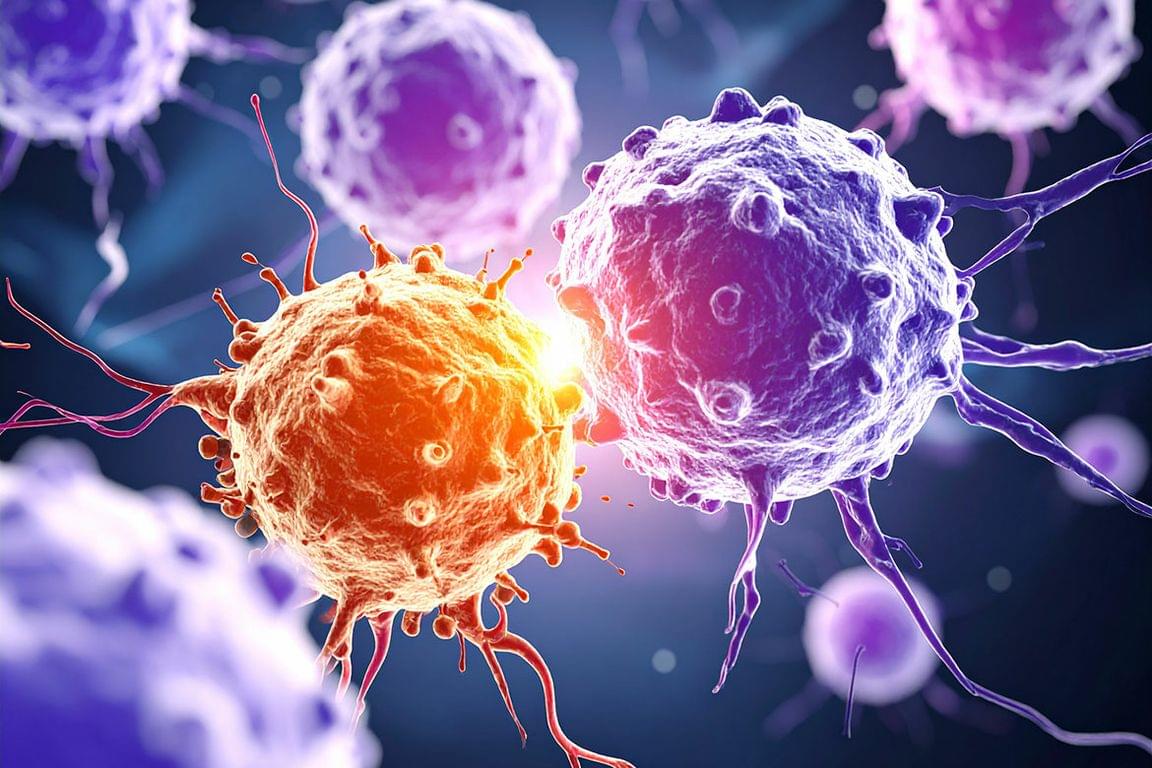
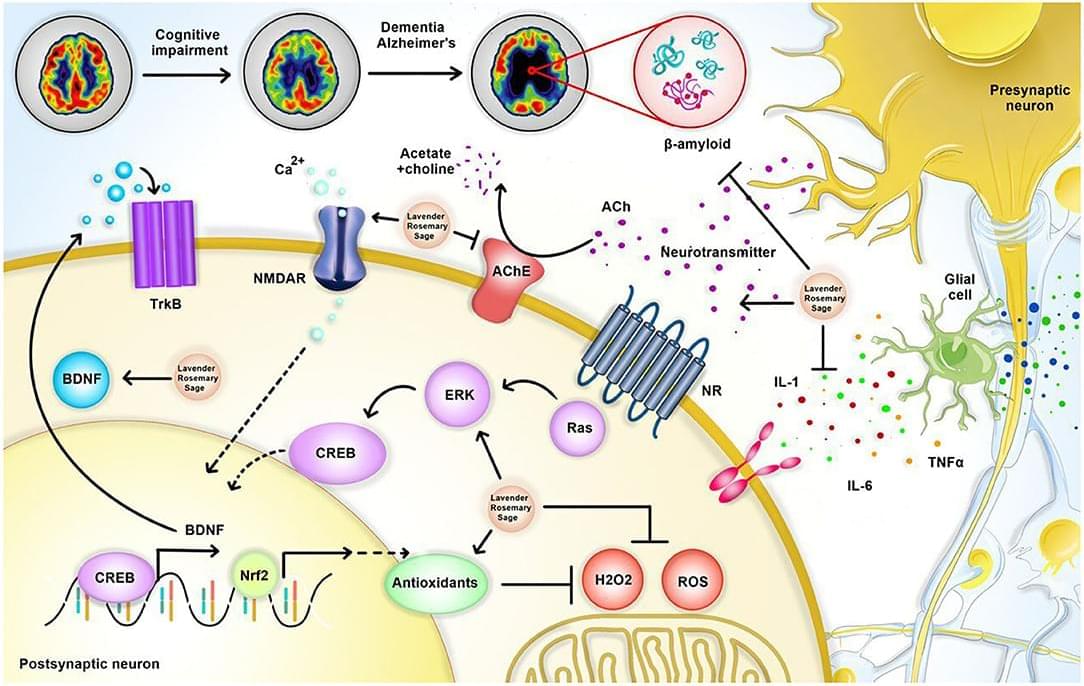
Neuroprotective Potential of Aromatic Herbs: Rosemary, Sage, and Lavender
Hundreds of millions of people around the world suffer from neurological disorders or have experienced them intermittently, which has significantly reduced their quality of life. The common treatments for neurological disorders are relatively expensive and may lead to a wide variety of side effects including sleep attacks, gastrointestinal side effects, blood pressure changes, etc. On the other hand, several herbal medications have attracted colossal popularity worldwide in the recent years due to their availability, affordable prices, and few side effects. Aromatic plants, sage (Salvia officinalis), lavender (Lavandula angustifolia), and rosemary (Salvia Rosmarinus) have already shown anxiolytics, anti-inflammatory, antioxidant, and neuroprotective effects. They have also shown potential in treating common neurological disorders, including Alzheimer’s disease, Parkinson’s disease, migraine, and cognitive disorders. This review summarizes the data on the neuroprotective potential of aromatic herbs, sage, lavender, and rosemary.
A neurological disorder is described as any condition that results in functional or structural damage to the nervous system. Neurological disorders account for the second main cause of death globally and the first main cause of disability as they typically cause cognitive impairment or sensorimotor dysfunction leading to reduced quality of daily life. Due to the high mortality and morbidity rate of neurological disorders, preventive and therapeutic strategies are crucial. The conventional medications administered for treating neurological disorders are associated with different adverse events; hence, the possible therapeutic effects of natural products on neurological conditions have been addressed by many researchers in the recent years (Ahmadi et al., 2022). A variety of herbal medications have gained the attraction of researchers in the last decade, due to their availability, lower price, and rare side effects (Abdel-Aziz et al., 2016).
Aromatic herbs such as sage (Salvia officinalis), rosemary (Salvia Rosmarinus), and lavender (Lavandula angustifolia) have shown promising neuroprotective effects in the recent studies (Kashani et al., 2011; Jamison, 2012; Jemia et al., 2013; Alvi et al., 2019; Mohseni et al., 2020; Caputo et al., 2021). Salvia Rosmarinus is an evergreen herb that belongs to the Lamiaceae family. Salvia Rosmarinus naturally grows in dry scrub and rocky areas in the Mediterranean regions of southern Europe to western Asia and has potential antibacterial, antifungal, antioxidant, and anti-inflammatory features (Leporini et al., 2020). The therapeutic effects of Salvia Rosmarinus on a variety of cognitive disorders such as Parkinson’s disease, neuroblastoma, glioblastoma, and epilepsy have been suggested (Park et al., 2008; de Oliveira et al., 2016; Giacomelli et al., 2016; El Alaoui et al., 2017; Yildirim and Kitis, 2020). Lavandula angustifolia is a well-known aromatic herb in the Lamiaceae family.